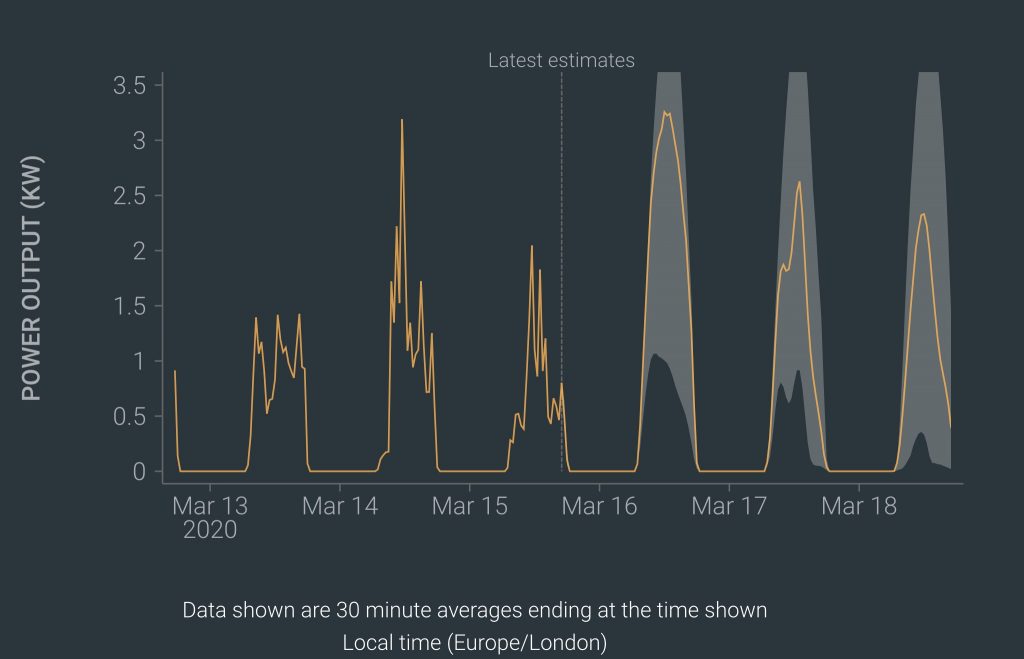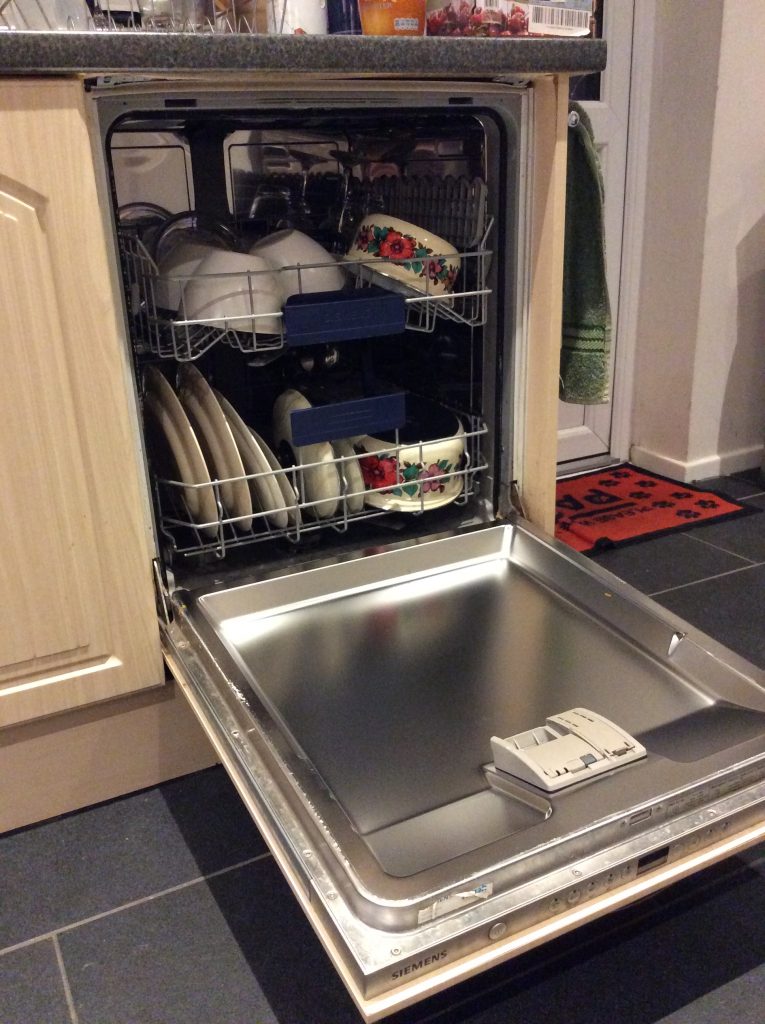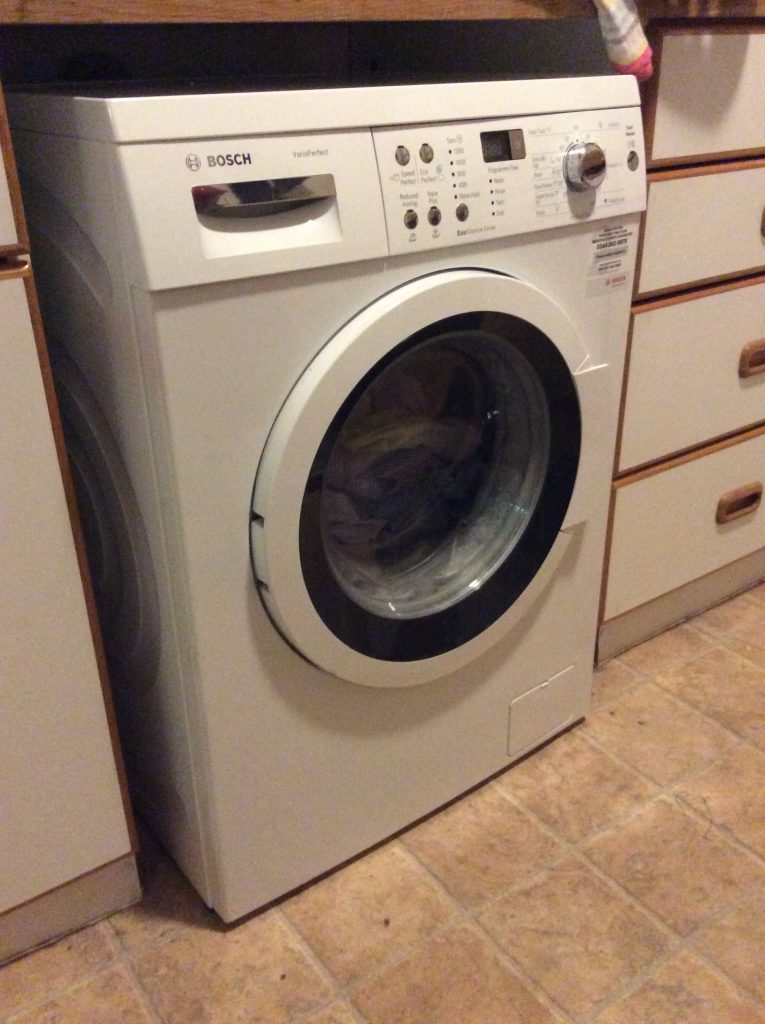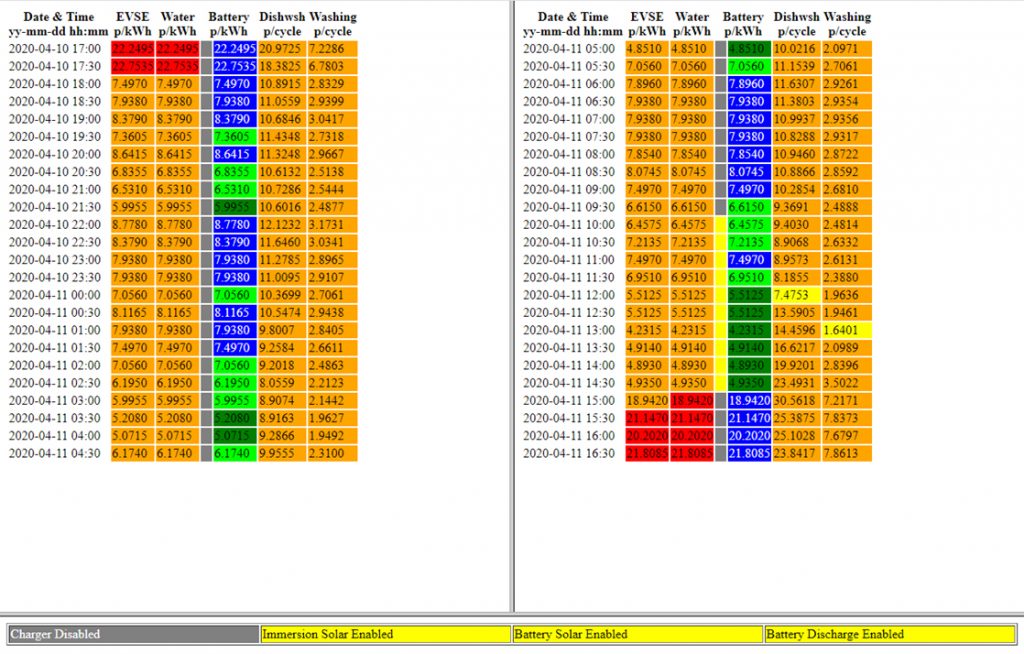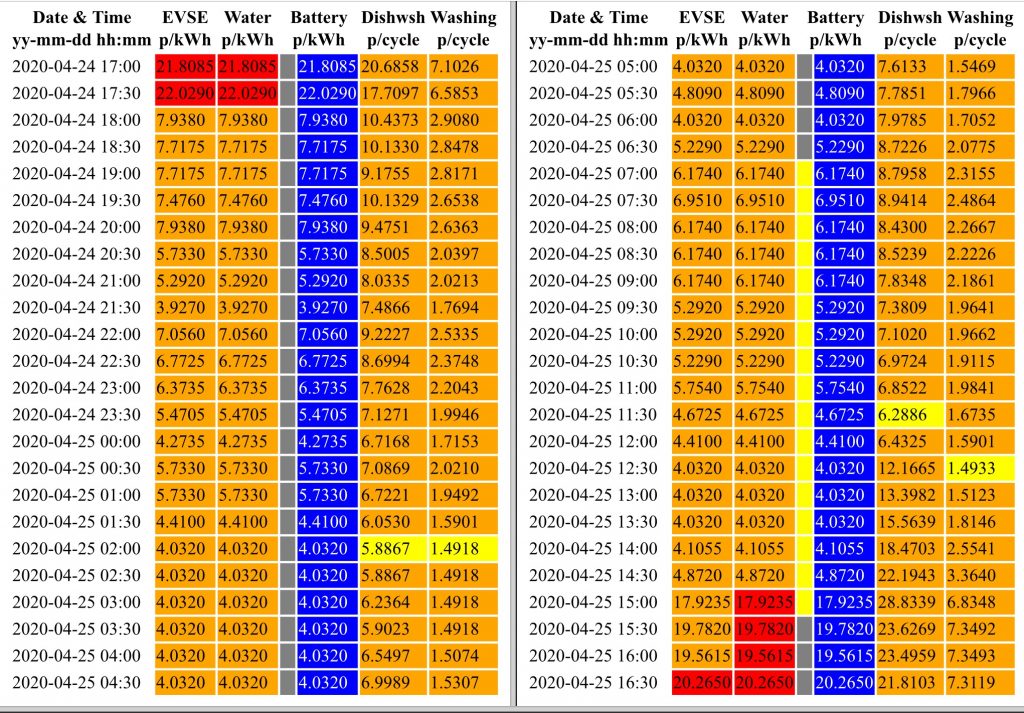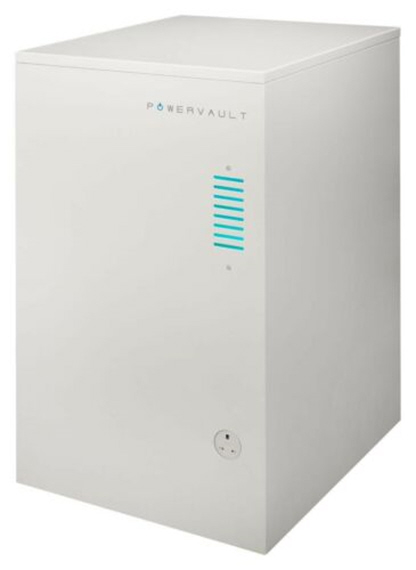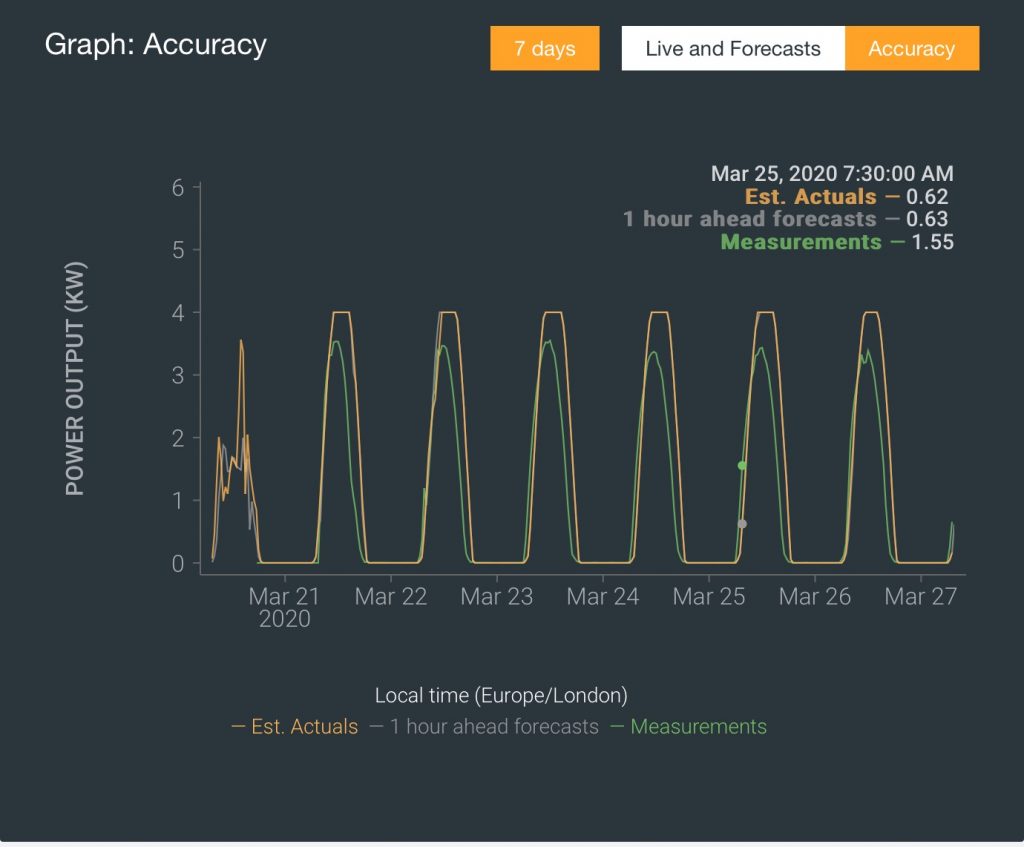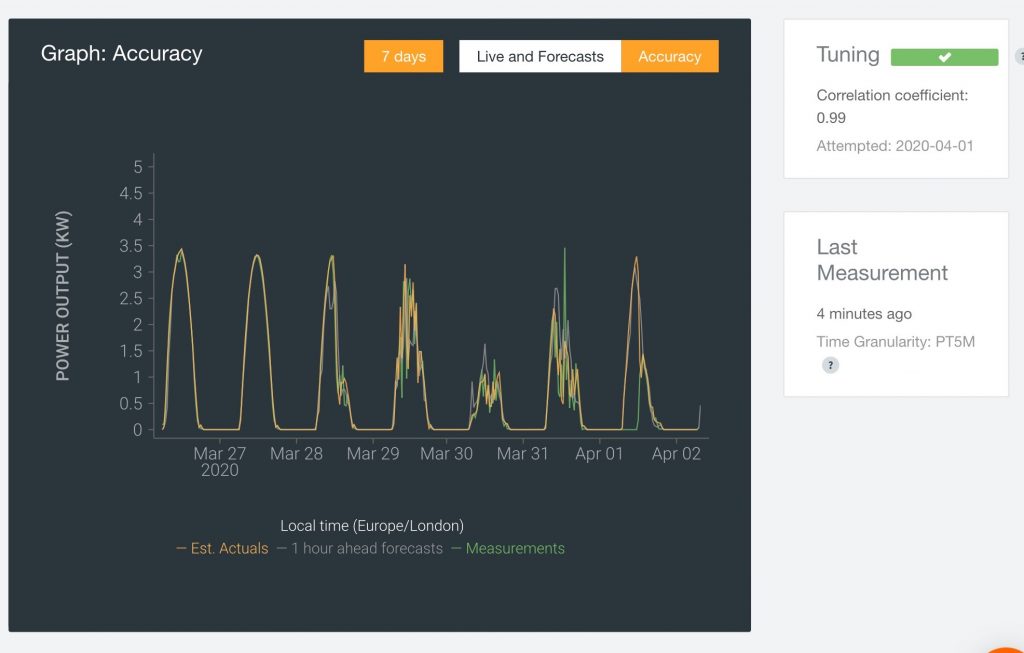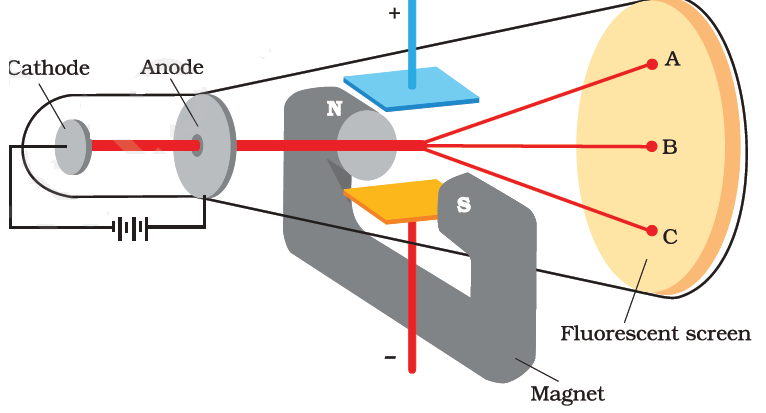Much of the optimisation of my home exploits the cost-saving potential of the Octopus Agile electricity tariff. This tariff is a radical departure from a typical UK tariff. Rather than a fixed unit price that applies 24/7, the Agile tariff exploits the smart meter to provide up to 48 different half-hourly prices per day which change day-to-day according to a formula linked to daily electricity auctions in an absolutely transparent manner.
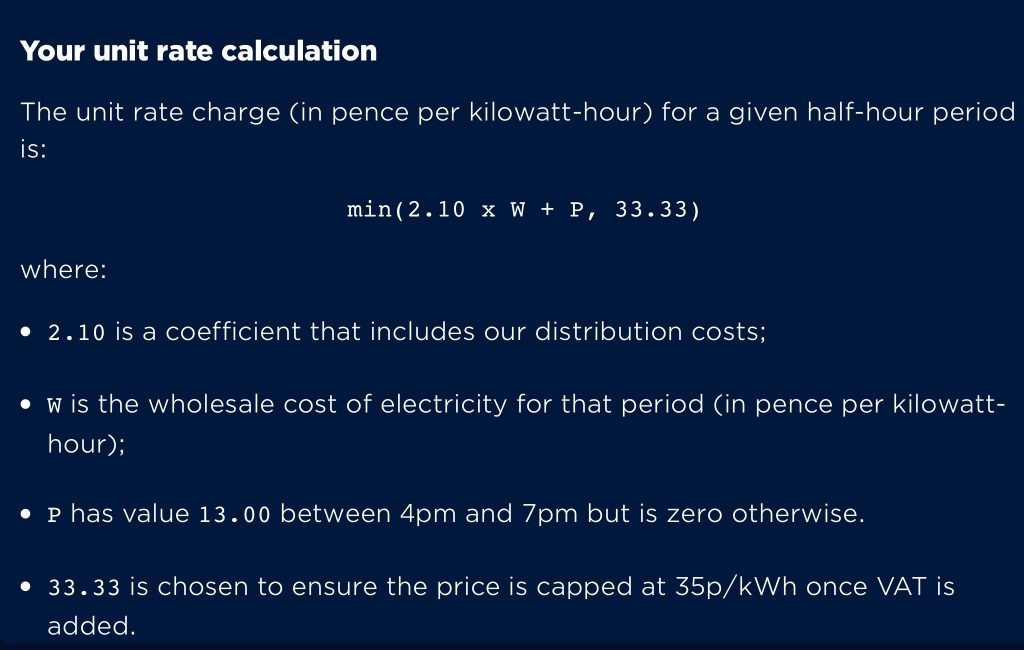
The prices can vary from several pence per kWh negative (i.e. being paid to use electricity) to a cap at 35 p/kWh which might apply in the early evening. That therefore places a some risk on the consumer, but equally can provide significant benefit. There are regional differences in the equation reflecting variation in the costs to distribute electricity in different parts of the country, so your formula might not be exactly the same as mine, but will be very similar.
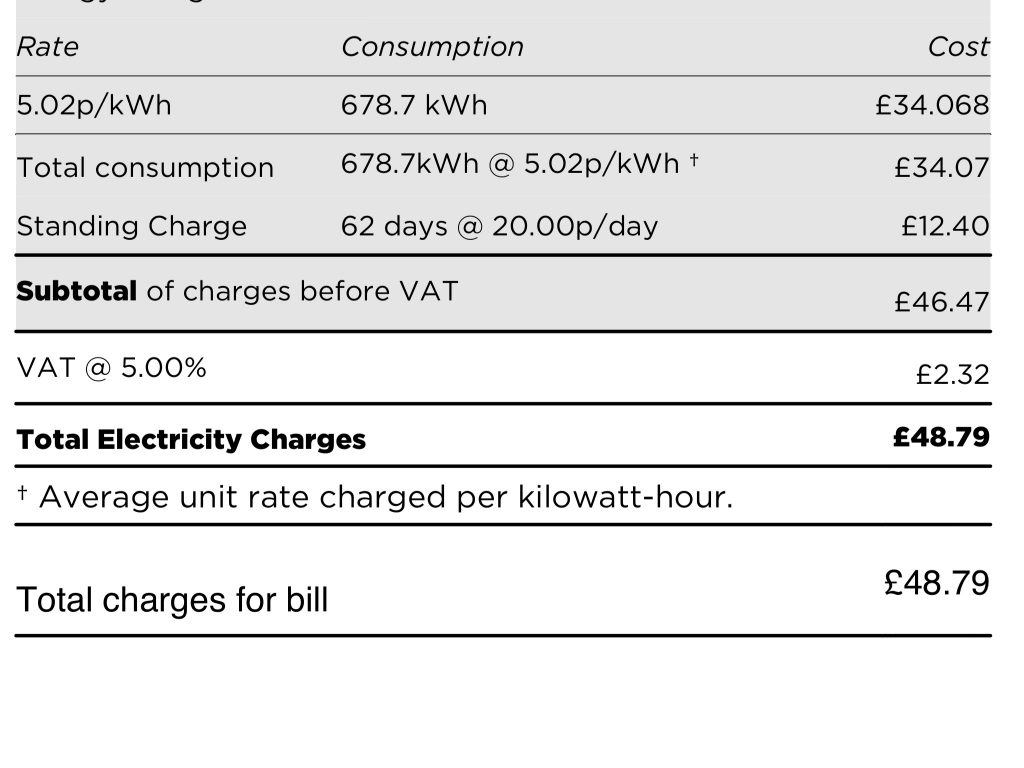
That average 5.02 p/kWh is not just competitive versus other tariffs – it tramples all over them. Personally I’m continually plagued by advertising claiming to save me £100s versus existing tariffs, but none ever comes remotely close to this rate. Thus, with my consumption pattern, I think that this is an unrivalled tariff. The Energy Saving Trust has calculated the average UK electricity cost at 15.75 p/kWh as at March 2019 (their latest analysis at the time of writing), so I’m currently paying a third of that average rate.
Of course you won’t ever see this tariff recommended on a switching website. Indeed, I’ve never seen any smart tariff recommended on a switching website, because they only ever seem to offer the choice between flat rate tariffs and Economy 7. In my opinion the lack of smart tariffs always denies consumers access to what may genuinely be the cheapest tariff for them by short term switches between tariffs that are pretty much alike. Those switching sites don’t want consumers to find long-term value, instead they want consumers to keep switching so that they keep earning commission.
However for me, not only have Octopus demonstrated long-term value, but they provide 100% renewable power, and are the only electricity company to be Which? recommended for 3 consecutive years. For you there’s a further £50 to be saved if you click on the image below and sign-up for any one of Octopus’ tariffs.


